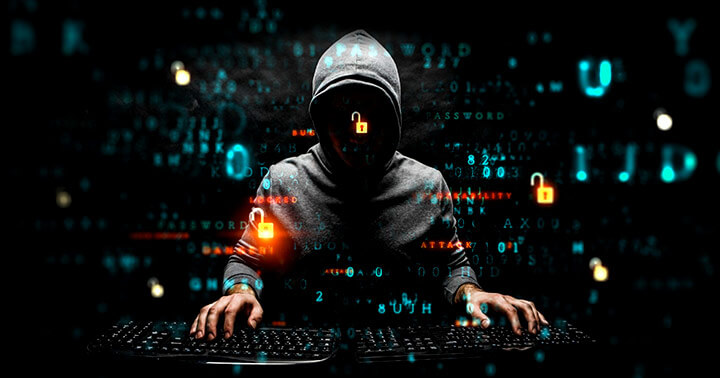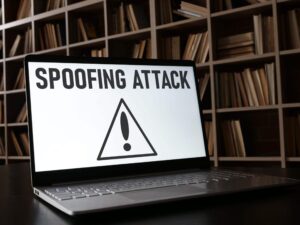The U.S. Department of State has announced a reward of up to $11 million aimed at dismantling a major ransomware operation tied to multiple high-impact variants. The Bureau of International Narcotics and Law Enforcement Affairs (INL) is offering $10 million for information leading to the arrest or conviction of Ukrainian threat actor Volodymyr Viktorovych Tymoshchuk, and an additional $1 million for intelligence on other unidentified leaders of the Nefilim, LockerGoga, and MegaCortex ransomware families.
The Technical Impact of Nefilim, LockerGoga, and MegaCortex
Each of these ransomware strains represents a significant evolution in cyber extortion tactics:
- Nefilim (Nemty/Nefilim) – Known for targeting large enterprises via compromised Remote Desktop Protocol (RDP) services and vulnerabilities in VPN appliances. Nefilim operations have historically exfiltrated data before encryption, leveraging double extortion to pressure victims into payment.
- LockerGoga – First observed in 2019, it gained notoriety after crippling Norsk Hydro. LockerGoga requires administrative access to deploy and often disables network adapters, forcing victims into costly rebuilds.
- MegaCortex – Typically delivered through post-exploitation frameworks like Cobalt Strike after initial access via malware or credential theft. Its deployment model mirrors advanced persistent threat (APT) playbooks, showing a level of sophistication beyond opportunistic ransomware.
According to the unsealed indictment in the Eastern District of New York, Tymoshchuk and his co-conspirators leveraged these ransomware variants from 2018 through 2021, conducting targeted attacks against hundreds of organizations across the U.S. and abroad. Losses included not only ransom payments but also extensive incident response and remediation costs.
Law Enforcement and International Cooperation
The operation reflects ongoing collaboration between the Department of Justice, FBI, Europol, and authorities in Germany, France, and Norway. These ransomware groups represent transnational organized crime, requiring cross-border coordination for effective disruption.
Tymoshchuk remains a fugitive, but his identification and indictment mark a step forward in attribution—critical for reducing safe havens for cybercriminals operating out of Eastern Europe.
What This Means for Defenders
For IT and security professionals, this case underscores several key points:
- RDP & VPN exposure continues to be a favored entry vector. Harden and monitor remote access solutions.
- Post-exploitation tooling (e.g., Cobalt Strike) remains central to ransomware deployment, highlighting the need for robust EDR/XDR monitoring.
- Double extortion tactics are standard, requiring not just backup strategies but also data governance and exfiltration detection.
- International enforcement efforts may not neutralize threats immediately, but they increase operational risk for attackers—potentially lowering activity from certain groups.
Reporting and Intelligence Sharing
The State Department is urging individuals with actionable intelligence to come forward. Reports can be submitted via:
- WhatsApp/Signal: +1-917-242-1407
- Email: [email protected]
- Local FBI Field Office (U.S. based)
- Nearest U.S. Embassy (international)
Final Thoughts
This reward announcement reflects a growing recognition of ransomware as a form of organized transnational cybercrime rather than isolated attacks. For defenders, it’s another reminder that the adversaries we face are highly coordinated, well-resourced, and increasingly under the scrutiny of global law enforcement.
Read the full U.S. State Department press release here: Official Announcement.





